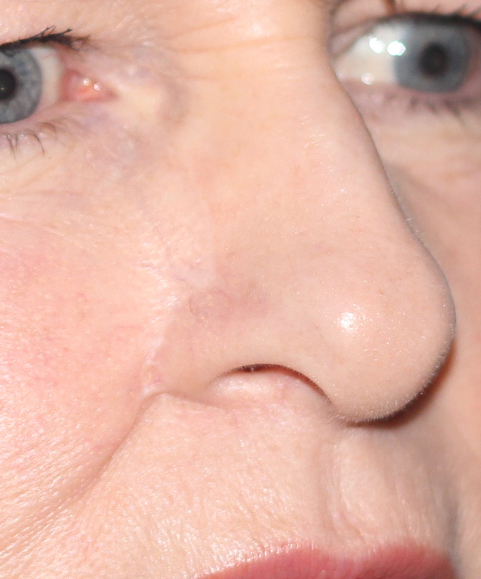Nose Augmentation
A nose augmentation can be used to treat those who were born with a nose deformity, or simply those who are unhappy with the appearance of their nose. They are usually performed for aesthetic reasons but can also be beneficial for patients who have difficulty breathing.
What Is A Saddle Nose Deformity?
There are several issues with the nose that may cause a patient to want treatment. This could be because of a bump, uneven shape or a saddle nose deformity. The name ‘saddle nose’ describes the shape of the nose whereby there is a large dip and bulbous tip. This can often be the case from birth, but may also be the result of an injury.
Case Studies
Nose Augmentation Options
At UK Aesthetic, we can perform both surgical and non-surgical nose jobs depending on a patient’s desired results as there are several nose jobs available.
Rhinoplasty
Rhinoplasty, otherwise known as nose augmentation, is the most popular choice of treatment for those who wish to alter the appearance of their nose. This tends to be a popular option for patients who have gone through a previous trauma, resulting in a broken nose. During the initial consultation, the patient can specify exactly which areas of their nose they want to change, working with the surgeon’s advice in order to achieve an overall aesthetically pleasing result.
For a saddle nose deformity, there are two types of rhinoplasty. If the dip is in the bridge of the nose, then cartilage grafting may be required to build up the area. Alternatively, if the issue is a dipped nasal tip, the surgeon will elongate or reconstruct the nasal bridge to give more support to the tip. This will give an upward lift to the tip of the nose.
Dermal Fillers
Dermal fillers are used for patients who want a non-surgical nose job. Fillers can be used to treat a variety of problems, including evening out bumps and improving crooked noses. The filler is injected into the nose to correct the area of concern. Saddle nose deformities can be treated with this method if the problem is mild, though more severe cases may still require rhinoplasty.






